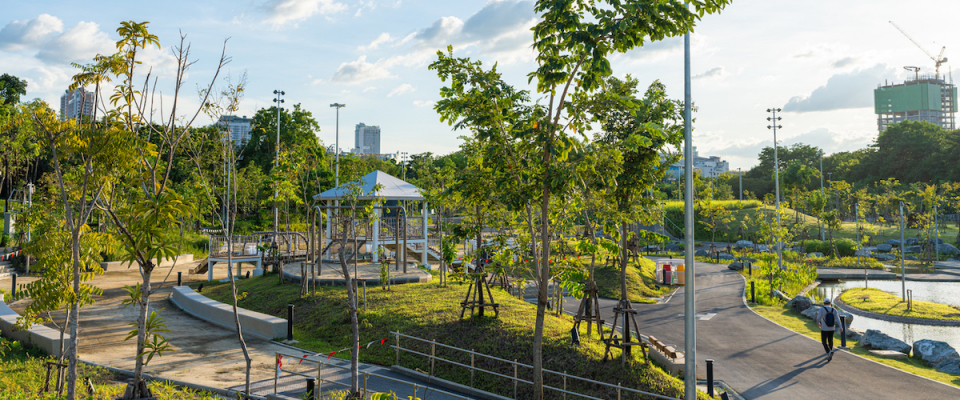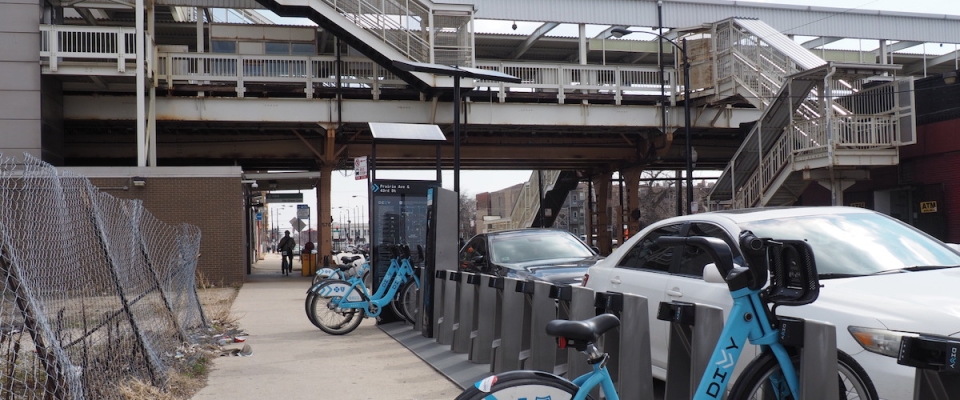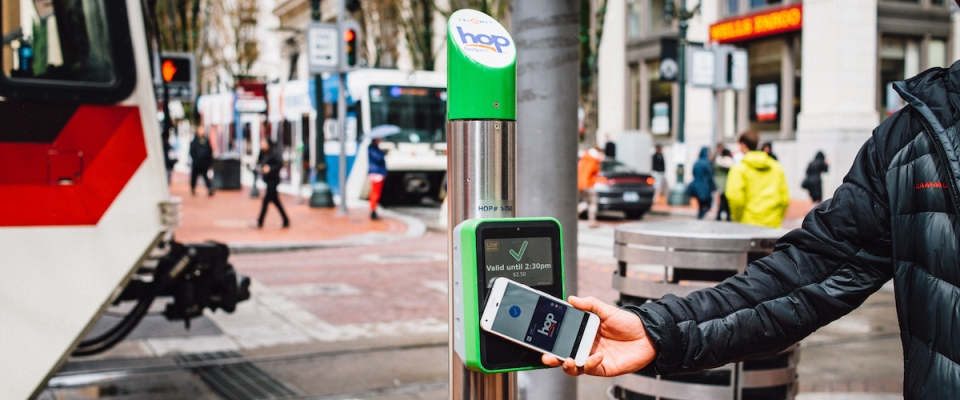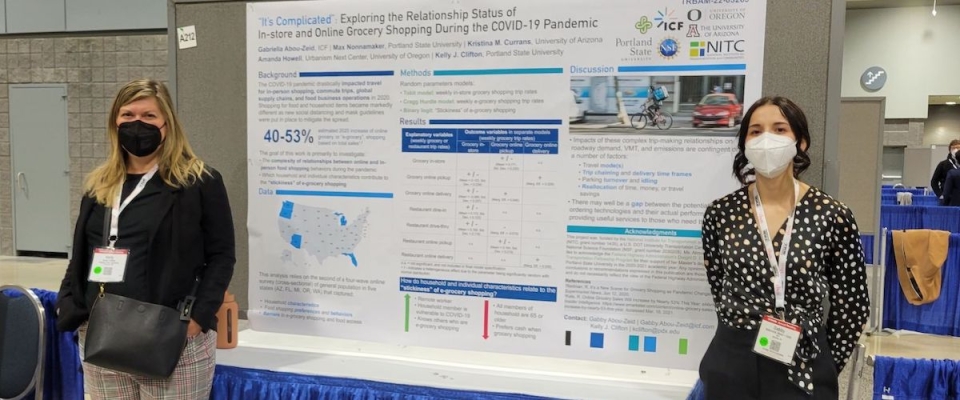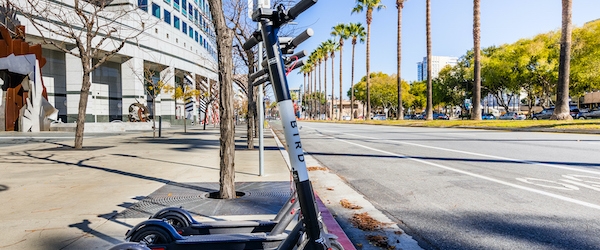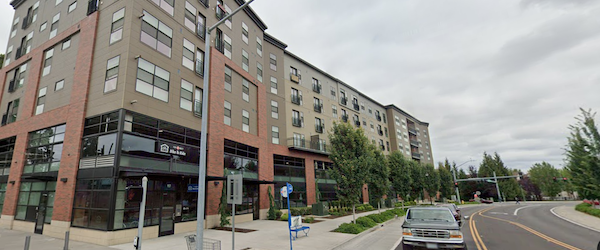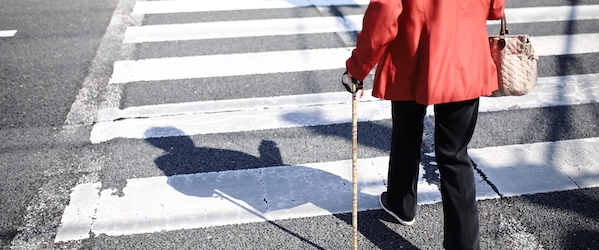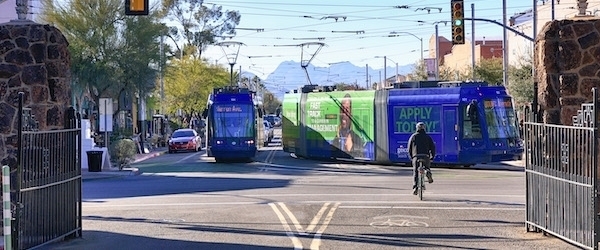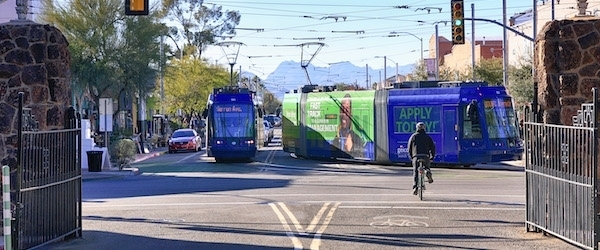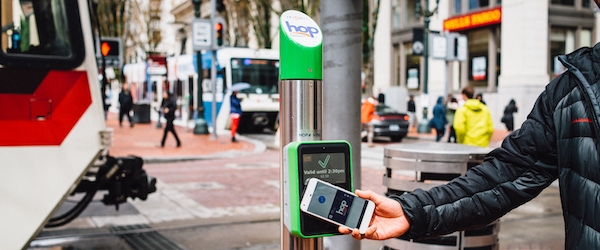A new report offers lessons for post-pandemic transit policy and planning. Notably, it calls for planners to downplay the role of offices in transit station areas and increase the opportunity for people to live in them. Researchers Arthur C. Nelson and Robert Hibberd published "Transit Station Area Development and Demographic Outcomes (PDF)," updating their longitudinal analysis of the impacts of development near transit stations.
The new report includes a foreword by U.S. Congressman Earl Blumenauer. An excerpt reads:
Read more"In this report, Arthur C. Nelson, Emeritus Professor of Urban Planning and Real Estate Development at the University of Arizona, and Robert Hibberd, a doctoral student, chronical numerous economic and demographic changes that occurred in transit station areas between the Great Recession that ended in 2009 and the pandemic that started in 2020. Through detailed analysis of 57 transit systems operating...

